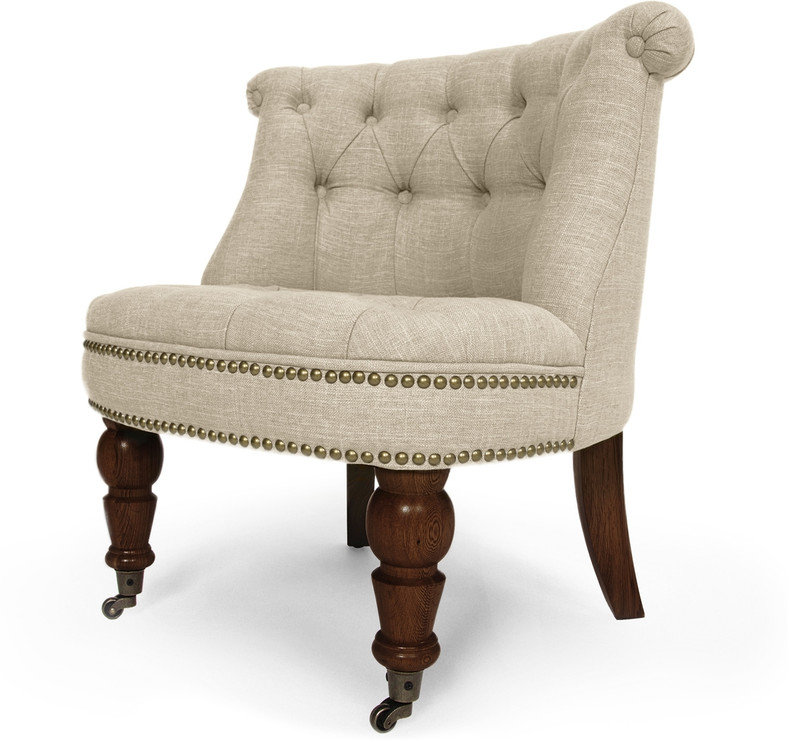
| Volume 31 #4 | January/February 2015 | |

As of this writing, Christmas is almost upon us -- that full-of-wonder mix of families gathered, friendships appreciated, and the winter drizzle and darkness broken with light and color and sparkle. And just around the corner -- close enough we can almost smell it -- is the new year, with its nascent promise of prosperity and peace.
OK, you "got me" -- yes, a Friend loaned me some books, and I've been reveling in the Author's use of trope and metaphor -- ack, there it goes again...
Ahem. And between that Christmas and that New Year, indeed, betwixt the very two of them, will be (my view) or was (your view) the Betwixt and Between Ceilidh. As I will be involved in one of the ceilidh acts, I'm anxious to "see how it turns out." Of course, by this time you already know how it turned out, so "shhhhhh", don't tell me ahead of time, OK?
Going into the New Year, we all will be working on filling in the remaining details of our Annual Dinner Dance on April 25th. The "big pieces", like venue, musicians, caterer, etc., are already in place, so we can direct our attentions to the remaining bits, like decorating -- where the adage "many hands make light and fun work" is especially applicable.
If you have a hankering to help out -- does the term "work party" appeal to you? -- please let the Dance Chair know, and he'll set you right up. The Dance Chair is... oh -- that would be me!
Merry Christmas to everyone, and Happy Dancing!
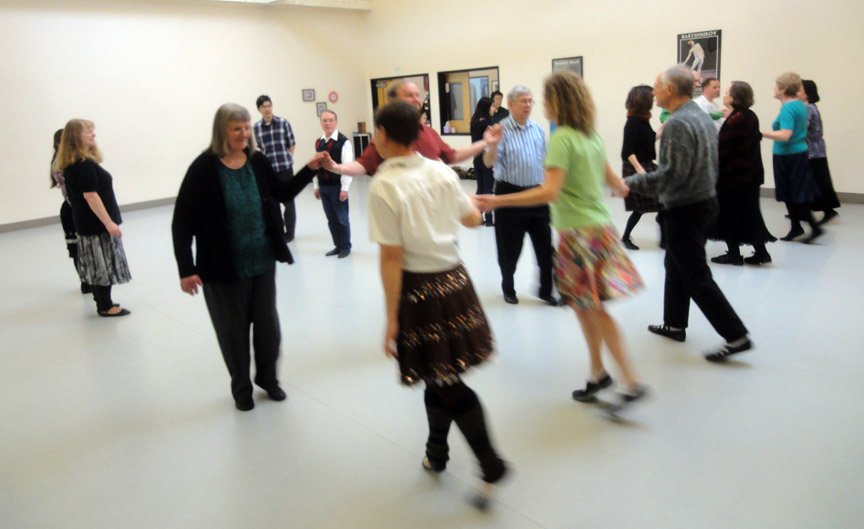
Fueled by delight in each other's company, and the desire to work off holiday calories, twenty-five energetic dancers partied the afternoon away at the Betwixt and Between Dance and Ceilidh on December 28th at Columbia Dance.
Linda Mae and Liza led the dancing. Layne Russell ably organized the ceilidh acts, recruiting dancers to deliver Scottish-themed jokes throughout. Layne and Patrick serenaded us on tin whistle and guitar; Eunice told a story about the Burns Ward in a hospital; Liza tested our English comprehension with the fairy tale Ladle Rat Rotten Hut; Linda Mae, Don, and Holly led a visual version of "Deck the Hall"; Martin gave the Scottish version of Noah and the Ark; and dancers Holly, John, Susan, Martin, Linda Mae, Patrick, Tom, and Liza dazzled everyone with Holly’s creation called "Sleeping In" which can be viewed at https://www.youtube.com/watch?v=3MQ1bWITwjU.
A delicious assortment of treats awaited us afterward as we chatted, wished each other Happy New Year, and headed off into the winter eve.
For several years now I've heard of Asilomar, from two Spanish words asilo and mar meaning a refuge by the sea, and what a fun weekend of dancing it is. Now that I've had the opportunity to visit, I can see why the San Francisco branch of the RSCDS holds its annual workshop and ball at this special place. The Asilomar Conference Grounds were built on the Monterey Peninsula in Pacific Grove for the YWCA. It became part of the state parks system in 1956 and hosts all kinds of events year round.
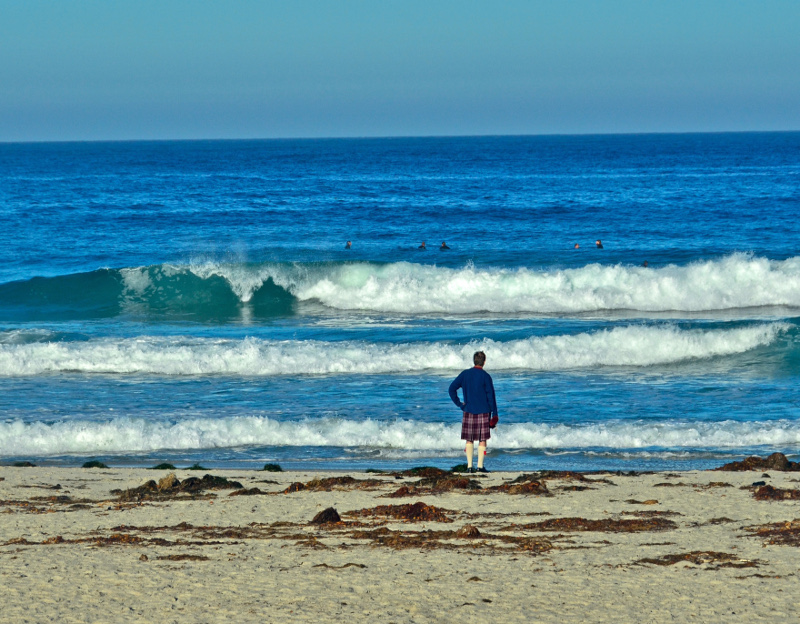
After lots of planning and asking who wanted to go, Darrick Wong, Linda Mae Dennis, and I traveled to California. Linda Mae and I flew to San Jose, met up with Geoffrey Wood, another dancer from the area, and picked up Darrick who was visiting family, and then we headed south (after a brief detour back to Darrick’s dad’s house to pick up forgotten ghillies). The weather promised to be beautiful until we got within an hour of the coast and then it was thick fog all the way in. That didn’t keep us from taking a walk on the boardwalk and doing some exploring once we got settled. Meals were held in a large hall, with dancers on one side of the room and attendees to other events on the other. We saw many friends in the dining hall and it was fun to briefly catch up with them and to meet new dancers.
Linda Mae and I were prepared for "rustic" accommodations because that was the description in the registration material. We were glad to find their idea of rustic was closer to the Marriott than Motel 6. We got ready for the Friday dance and made our way over to Merrill Hall. By the way, the tune and dance The Magic of Merrill is named for this hall. I always thought it was for a person. There were several musical treats in store for the weekend, the first being the music of Waverley Station for Friday’s dance. Watching David Knight play the fiddle is an aerobic event in itself. He practices full-body fiddling and is probably as tired from playing as we are from dancing. It seemed hardly any time at all before the dance was over and it was time for the ceilidh. There were several memorable acts but the most unique was definitely the Zombie Jamboree. Who comes up with this stuff? Then it was off to bed so we could get up and dance some more in the morning.
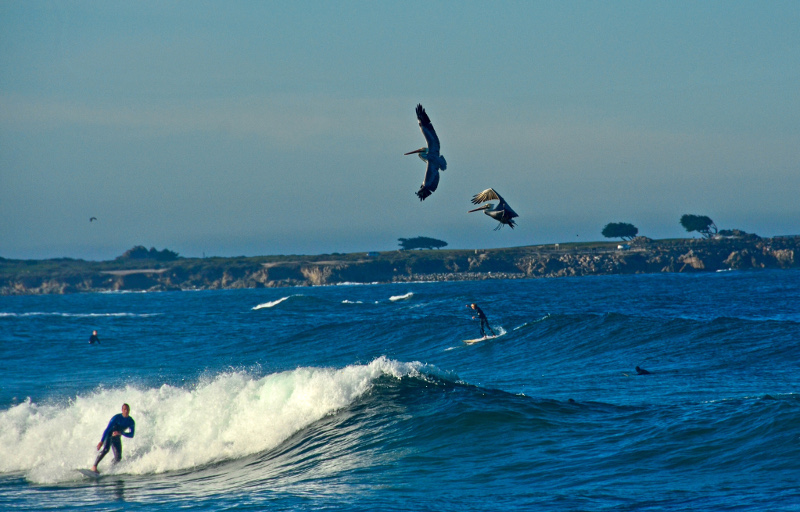
For the workshop, dancers were divided into categories of harbor seals, dolphins, sea lions, otters, or orcas and those groups stayed together for the whole morning. The first class was all quick time dances and the next was all strathspey. Elective classes were held in the afternoon and then the ball review followed. Another pleasant surprise was to find that Greg Reznick, one of the weekend teachers, planned to teach As You Wish from the Princess Bride Collection in his strathspey class. Other teachers for the weekend included Sandy Gallamore, Janet Walker, Margo Priestly, and Jeanne Moody.
There was time between breakfast and the first class for Linda Mae, Darrick, and I to walk along the beach for a little while. We saw some beautiful pelicans skimming in perfect unison over the water and lots of surfers bobbing along the waves. After dancing all morning and having lunch, it was time for some more serious exploring. Even though it was the middle of November, it was warm and sunny and made for a perfect day at the beach. Linda Mae and I checked out a butterfly sanctuary and then made our way down to the water, following the curve of the coast back to edge of the conference grounds. She went on to a reception and I stayed out to watch the sunset. Then it was time for dinner and the ball.
For us Reel of Seven fans, this was a dream come true. I know not everyone is a fan of their style, but you can't ignore the energy and drive in the music, and the hall was certainly alive with it that evening. We danced old favorites like The Duke of Atholl’s Reel and local favorites like Trip to Timber Ridge. It didn’t matter which dance it was, the music made each one unique and memorable. After the ball, a lot of dancers went to the after party (or so I'm told. My coach had turned back into a pumpkin, and I didn’t stay up to see the SCD version of the chicken dance) and then there was more dancing Sunday morning.
There had been plans to visit Point Lobos State Natural Reserve, which is nearby, but instead a group of us helped in filming a promotional video for the Asilomar weekend, and found out just how hard it is to dance six hands round and back in the sand. By the time we were finished, it seemed wise to head back to the San Jose airport. We said our good byes and headed off for the "real" world. However, there is a distinct possibility that we haven’t seen the last of Merrill Hall and its magic.
The arandel, pronounced "are-an-dell", is a new formation that is best described as "rights and lefts for three couples in eight bars." First corners cross over with partners, first corners set to each other, then cross over with the dancer opposite and set. Other dancers dance rights and lefts: leading woman in second place dances with top couple, and leading man in second place dances with bottom couple.
We can devise new dances with arandel. We can also substitute arandel in many three-couple dances that have rights and lefts. The additional activity by a third couple increases the overall dancer activity.
The diagram below shows dancer positions and movement for each two bars of arandel. According to RSCDS Standard Terminology, circles are used to represent men and squares to represent women. Each symbol contains a digit to show which man or woman is represented by the symbol.
A suggestion for first corners to face for arandel in quick time:
First corners cross over on bars 1-2, curving round by the right, and set to each other on bars 3-4.
First corners cross over on bars 5-6, curving round by the right, and pivot while setting on bars 7-8 to face the direction to begin the next formation.
Arandel:
This formation begins with all three couples on the sidelines facing their partners across the dance.
Steps: eight travelling steps, or four travelling steps and four setting steps.
Number of bars: eight
Bars
1-2 2nd, 1st and 3rd couples, giving right hands to partner,
cross over to change sides.
3-4 2nd man and 3rd woman set to each other.
2nd and 1st women, giving left hands, change places on the sideline.
1st and 3rd men giving left hands, change places on the sideline.
5-6 All three couples, giving right hands to the dancer opposite,
cross over to change sides.
7-8 2nd man and 3rd woman set.
1st and 2nd women, giving left hands, change places on the sideline.
3rd and 1st men, giving left hands, change places on the sideline.
All three couples are now back in their original places.
On bar 8, 1st couple pull back by the left to dance into place (polite turn).

While researching my travels to Scotland, spending time hiking and exploring the Isle of Skye became a priority although getting around without a car sounded challenging. Neither my sister Millie or I had the desire to drive while on this trip. Millie found a touring company with a week’s worth of organized hikes and what sounded like excellent accommodations, so we signed up.
On the appointed day we met our tour guide Angela and six other members of our group in the Inverness train station. We were on our way to the Isle of Skye for a week of hiking and exploring. Each day promised a new hike ranging from six to ten miles through the stunning and dramatic landscapes found on this island.
Our first hike was into an area called the Quiraing. Our guide Angela, a Scots woman from Ullapool, pointed out some swirling clouds on an otherwise sunny morning stating with authority that we were in for some rough weather of strong winds and rain with the rain starting that afternoon. As we hiked through the beautiful landscape, encountering our only midges up to a view point affording us views of the Outer Hebrides then, upon hiking down the other side, the rain came as predicted. Luckily, we had fantastic accommodations that allowed us to dry out, replenish with fabulous food and enjoy getting to know our new hiking friends. We were, in fact, the only North Americans there.
The Isle of Skye was experiencing the tail end of Hurricane Bertha with strong winds, tons of rain, high seas, and flooding rivers. Nevertheless, we hiked every day to the most amazing places. The third morning, the streams were just too high to cross. We toured Dunvegan Castle which has been lived in continuously for over seven hundred years. I was really pleased because I really wanted to see this castle and explore its fabulous gardens. By the afternoon, the streams had receded and we were back to hiking past lovely waterfalls towards mist enshrouded hills, I think the Black Cuillins, making a loop back to our trusty van that Angela used to transport us on our tour. Dunvegan is the historic stronghold of Clan Macleod ~ The Editor
One of my favorite hikes was in the Trotternish Ridge. We hiked to the base of the huge rock pinnacle called Old Man of Storr and then around and through a jumble of strangely shaped hills and rocks revealing incredible vistas to the sea below. By our last hike the sun returned as we hiked along the heather lined coastal trail with magnificent views into the Cuillins. In spite of the weather, the Isle of Skye proved to be an excellent place to spend time exploring.
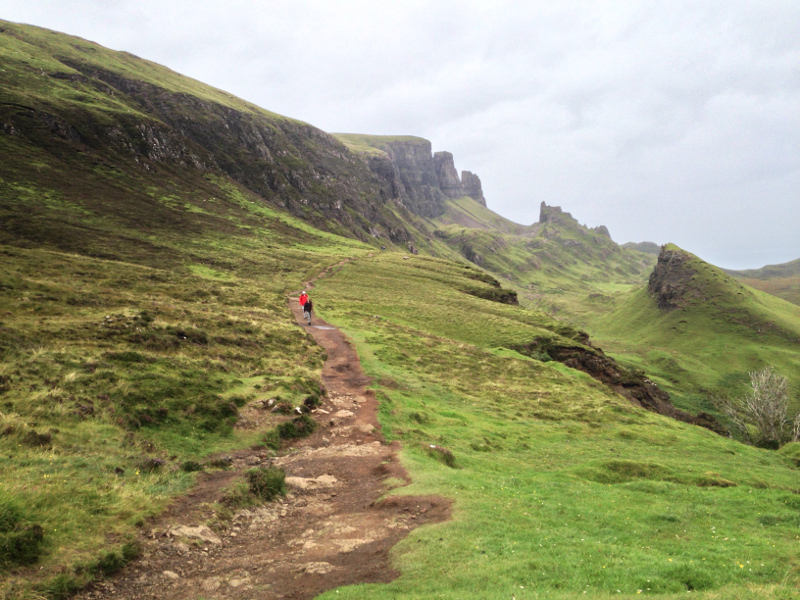
|
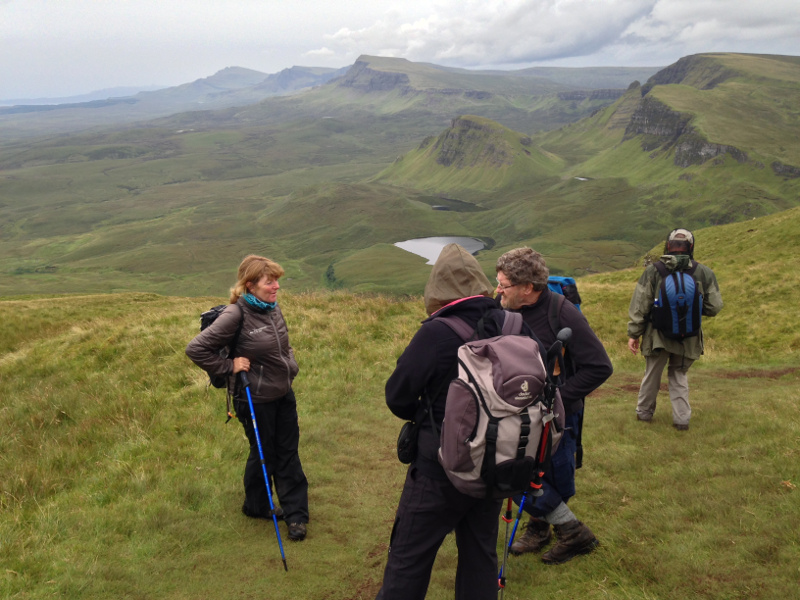
|
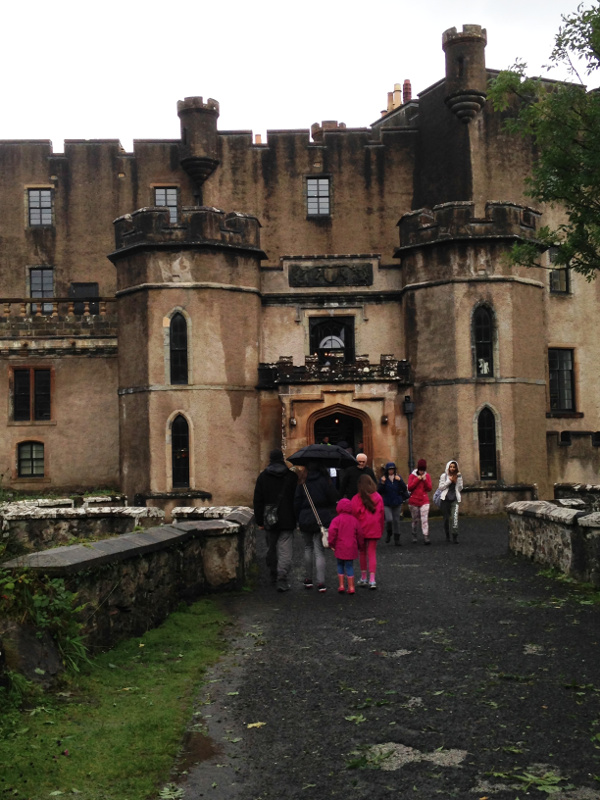
|

|
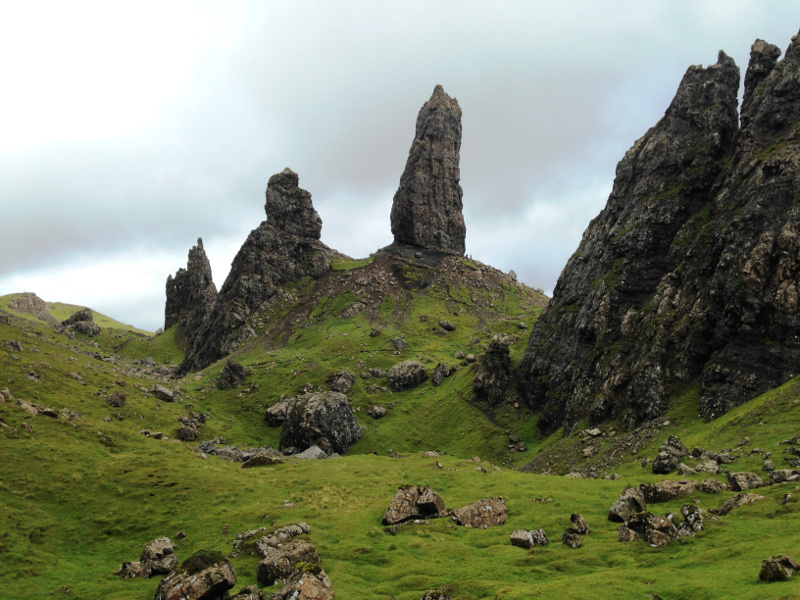
|
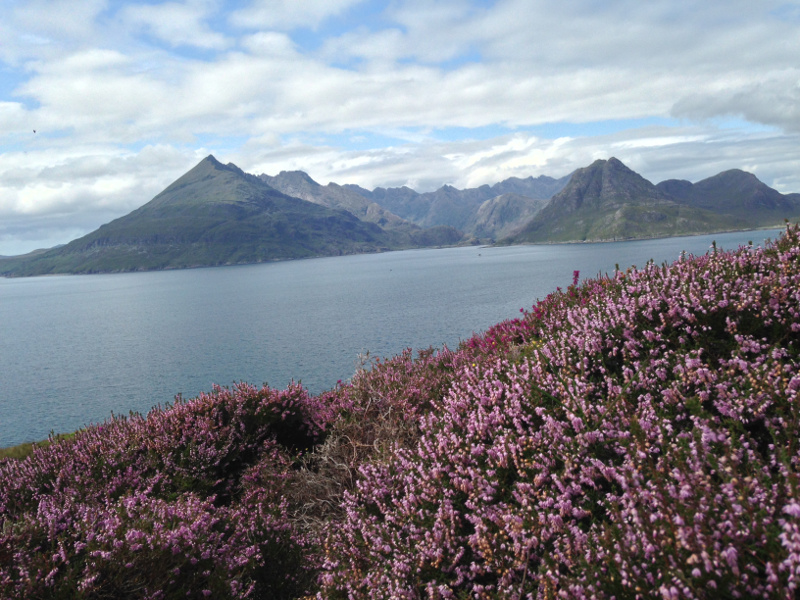
|
The Manual of Scottish Country Dancing states, "An important feature of the longwise country dance is that it is usually progressive. After each turn of the dance, the couple at the top, who begin the dance, finish one place further down, although in some dances there is a different order of progression. Each of the other couples in succession, having reached the top, take their turn as leading couple." The Manual goes on to describe the most frequent forms of progression for two-couple dances in four-couple sets, three-couple dances in three-couple sets, three-couple dances in four-couple sets, four-couple dances in four-couple sets, and five-couple dances in five-couple sets.
I thought it would be interesting to consider progression from a mathematical permutation viewpoint and list all possible forms of progression. The exercise assumes partners remain together for each turn of a dance (although they may finish on opposite sides), couples finish each dance turn in a different place, and all couples effectively return to original places only after the final turn.
We are most familiar with two-couple and three-couple dances in which the leading couple progress down the set to "repeat, having passed a couple", while one or more couples are idle at the bottom or top, for a total of eight turns. The leading couple progress to the bottom or else step to the bottom after their final turn. We can number the couples and denote how couples change places: 1 2 3 4 -> 2 1 3 4 -> 2 3 1 4.
The other type of progression has all couples dancing each turn, with the number of turns equal to the number of couples. We have a valid progression as long as each couple move to a new place and all couples move to all places during the turns of a dance. An example of an invalid progression is 1 2 3 4 -> 2 1 4 3, because although each couple move to a new place, the couples only begin in two different places during four turns.
The three-couple dance in a three-couple set can finish in six permutations, equals 3 x 2 x 1, and two of the six permutations are a valid progression.
I surveyed progression frequencies of dances in the RSCDS Index to Scottish Country Dances https://www.rscds.org/document/762. We are most familiar with 1st couple finishing at the bottom (79%): 1 2 3 -> 2 3 1. The progression may also run in reverse with 3rd couple finishing at the top (21%): 1 2 3 -> 3 1 2.

The four-couple dance in a four-couple set can finish in 24 permutations, equals 4 x 3 x 2 x 1, and 6 of the 24 permutations are a valid progression. The six progressions are three pairs which are the reverse of each other. The frequencies of progression in the RSCDS index are:

The five-couple dance in a five-couple set can finish in 120 permutations, equals 5 x 4 x 3 x 2 x 1, and 24 of the 120 permutations are a valid progression. The 24 progressions are 12 pairs which are the reverse of each other. The frequencies of progression in the RSCDS index are:
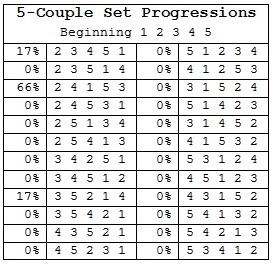
In dances with the most frequent progression 1 2 3 4 5 -> 2 4 1 5 3, 1st and 3rd couples begin the dance and travel similar tracks with supporting couples below them. Three-couple dances with progression 1 2 3 -> 2 3 1 and with 3rd couple stationary at the right times can be adapted into such a five-couple dance with this progression.
We can adapt the three-couple-dance 3 1 2 reverse progression into a four-couple set with "repeat, having passed a couple." Since 3rd couple progress to first place and 1st couple progress to second place, 1st couple pass 3rd couple instead of passing 2nd couple: 1 2 3 4 -> 3 1 2 4 -> 3 4 1 2. We can observe each turn of dancer positions in the table.
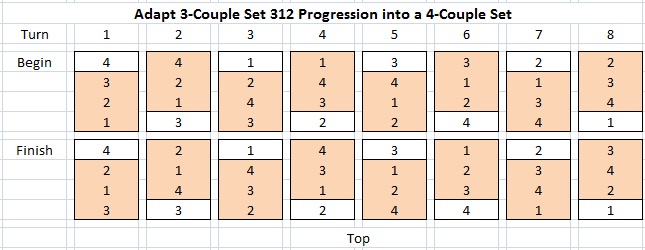
The tables show several progressions with low or zero percentage dance frequencies. Dance devisors who are aware of the progression possibilities might imagine new dances with an unusual progression.
Here's a DancieMaetion update…
For the year 2014 there have been 50,410 views of DancieMaetion videos.
Here's the demographic breakdown:

Here are the dances of interest:

Calendar of Events | |||||||||||||||||||||||||||||||||||||||||||||||||||||||||||||||||||||||||||||||||||||||||||||||||||||||||||||||||||||||||||||||||||||||||||||||||||||||||||||||||||||||
|
|